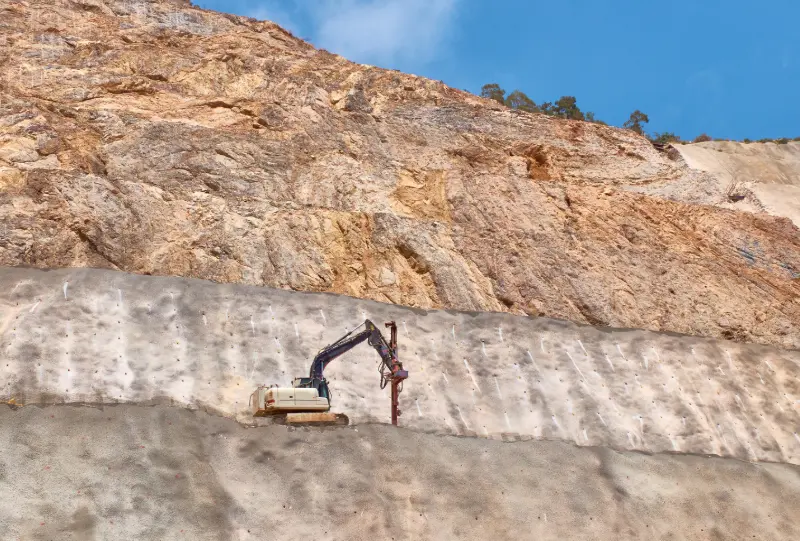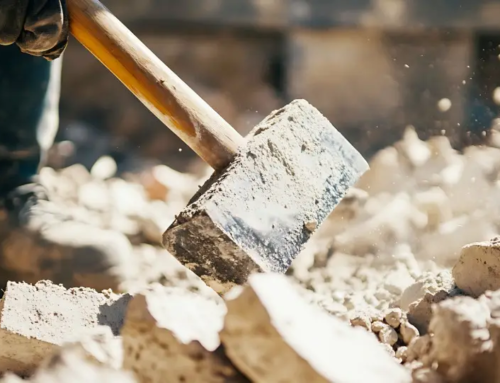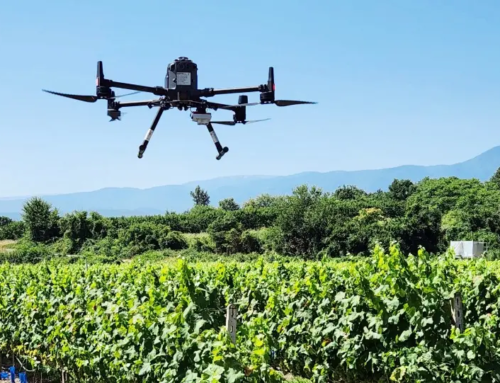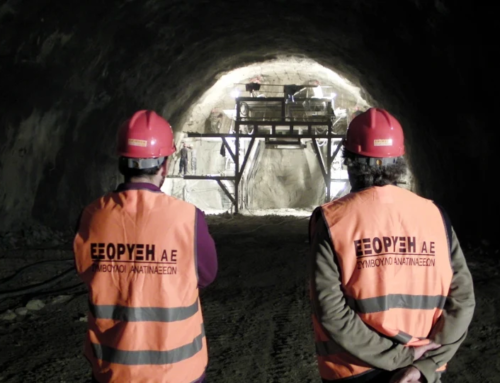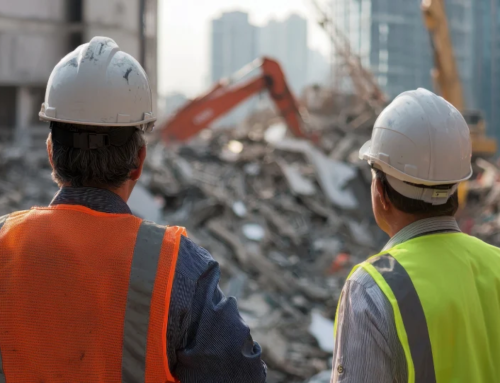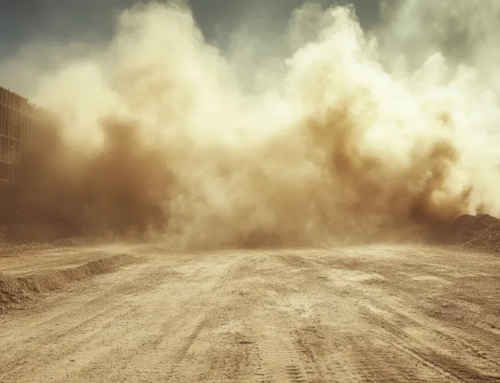T Blasting is one of the most demanding and dangerous processes in demolition, mining and technical construction projects.
The safety, accuracy and success of any blasting operation depend largely on a factor that often remains in the background: the geotechnical study.
The geotechnical blasting study is not just a formal step. It is the basis upon which the entire process is planned and implemented, ensuring that the operation will be carried out with the greatest possible safety, efficiency and respect for the environment.
What is a geotechnical study and why is it necessary?
Geotechnical study is the scientific analysis of the subsoil and geological conditions of an area. In the case of blasting, it includes:
- The study of the composition of rocks and soils.
- The assessment of the mechanical behavior of soil under pressure and vibrations.
- The evaluation of hydrogeological parameters (e.g. presence of groundwater).
- The prediction of the propagation of vibrations.
Without this data, carrying out a blast would be a blind process, fraught with dangers for both people and the infrastructure of the area.
Risks without a geotechnical study
Lack of proper preparation can lead to:
- Unexpected collapses or uncontrolled damage to neighboring structures.
- Excessive vibrations that cause cracks in buildings or utility networks.
- Environmental burden, such as the ejection of materials in unwanted directions or groundwater pollution.
- Increased cost, due to design errors that require corrective action.
Η γεωτεχνική μελέτη λειτουργεί σαν “προστατευτικό δίχτυ”, ελαχιστοποιώντας αυτούς τους κινδύνους.
The stages of a geotechnical blasting study
The preparation process usually includes the following steps:
- Data collection
Mapping of the area, historical data on land changes and existing structures.
- Drilling and sampling
Drilling is carried out to take samples in order to analyze the mechanical behavior of soils and rocks. - Laboratory analysis
Measurements for strength, cohesion, moisture and other critical properties. - Simulation models
Use of software to predict the propagation of vibrations and pressures. - Blasting execution plan
Based on the findings, the drilling plan, the size and quantity of explosives, as well as the control methods, are formulated.
Safety and efficacy benefits
Proper geotechnical study offers multiple benefits:
- Human Resources Safety: Protects employees and residents of the area.
- Precise blasting control: Vibrations remain within acceptable limits.
- Reduction of environmental impact: Limitation of dust, noise and dispersion of fragments.
- Costs under control: Avoiding unforeseen events that increase the budget.
Best Practices in geotechnical design
- Collaboration with specialized geologists and engineers.
- Use of modern geophysical imaging tools.
- Iterative studies when the project extends into different phases
- Continuous monitoring of soil behavior even after blasting.
The geotechnical blasting study is not a typical bureaucratic procedure, but the cornerstone for any safe and efficient demolition or mining project. that the operation will be carried out accurately, protecting people, infrastructure and the environment. In a sector where mistakes are costly, proper preparation is the only real guarantee of success.
Επικοινωνήστε σήμερα με την ομάδα της Εξόρυξη για να σας καθοδηγήσουμε με ασφάλεια, εμπειρία και υπευθυνότητα.
See more about the demolition services we offer or contact us to analyze your needs project.
For more information about the operations of our company and our services , you can visit our services page and contact us to find the solution that best suits your needs.
Here you can see some projects undertaken and completed by our company.
Here you can see some videos of our company.
